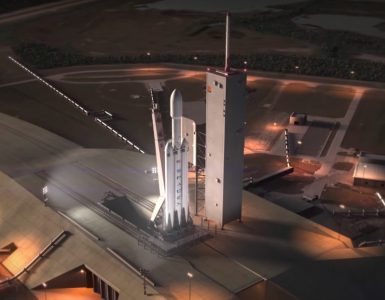 |
| Image Source: media2.s-nbcnews.com |
The two stage H-2B rocket is built by Mitsubishi Heavy Industries and it completed the climb to space in a little more than 14 minutes and released the supply ship to fly on its own a few minutes later. If everything goes according to the plan, HTV-5 will reach the lab complex early Monday. Astronaut Scott Kelly said in an interview,” We’re in good shape right now, but if for some reason HTV did not get here, we will get pretty low on certain consumables probably in the late September, early October Time frame. I’m sure we will figure out ways to bridge the gap on those things but it is a very important launch for us.”
The HTV is packed with 8,062 pounds of cargo and another 1,460 pounds of equipment mounted in the spacecraft’s unpressurized cargo bay. The cargo includes 3,101 pounds of crew supplies which consists of food, water and clothing, 1,915 pounds of vehicle hardware, 2,753 pounds of research gear which includes an experiment rack and an external cosmic ray sensor, 119 pounds of computer hardware and 172 pounds of spacewalk equipment for missions. The ISS does not have a kitchen and it will be the first time that it is being sent there for the astronauts. The launch failure in June also contributed to inclusion of additional equipment to be sent along with the ship.
Japan has plans to build and launch four more HTVs through 2022 to deliver replacement solar array packs to the station and NASA is negotiating with the Japanese Space Agency for additional flights after that. The agency also hopes to operate the station through 2024. The launch has kicked off busy weeks for the Space agencies as they will closely monitor the flight of the HTV and ensure its safe path to the International Space Station.






























